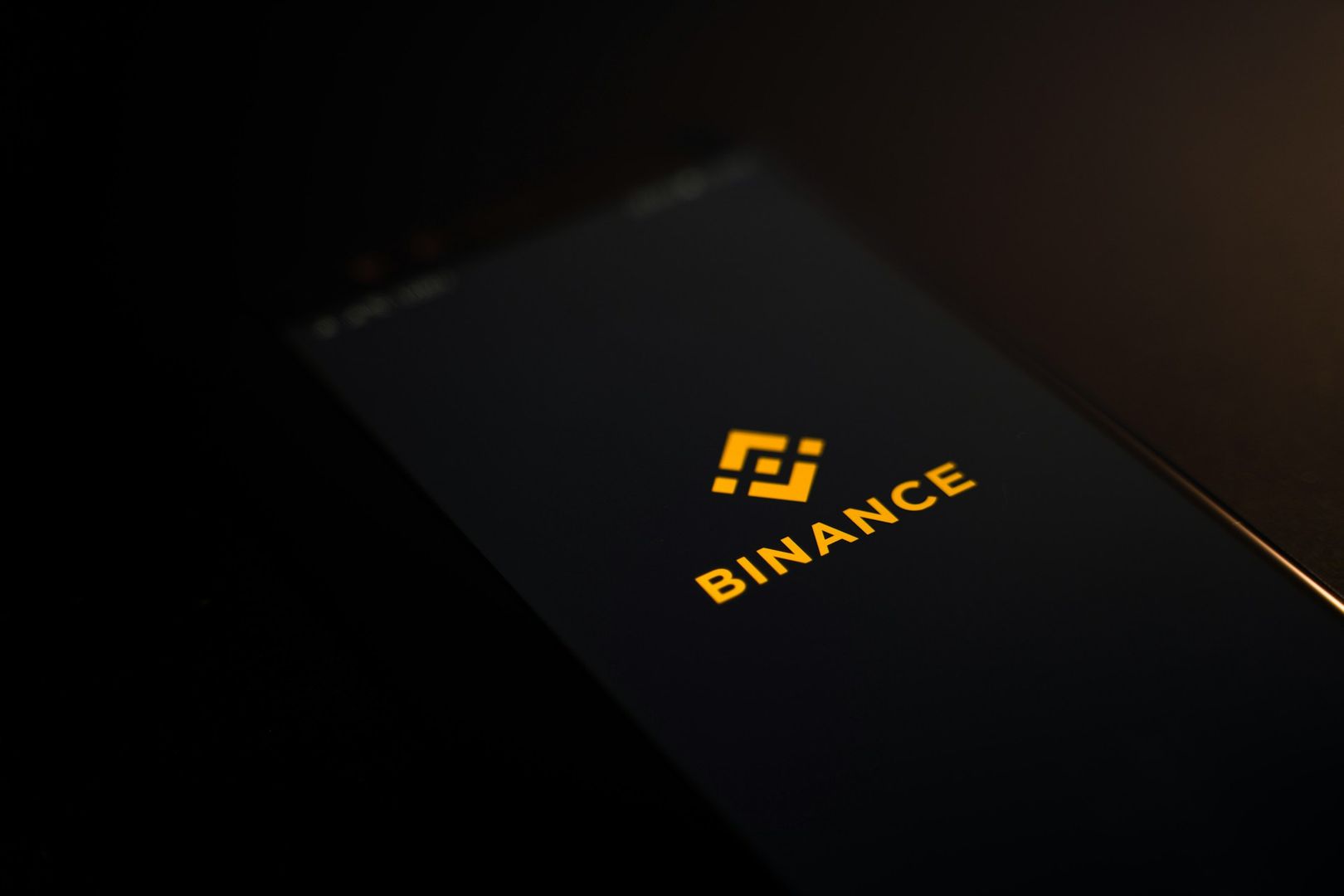
Binance has voluntarily announced compensation for users who suffered losses due to platform outages on Friday night that caused a significant price drop in Wrapped Beacon Ethereum (wBETH), Binance Staked SOL (BNSOL), and Ethereum’s synthetic dollar USDe.
“Due to significant market fluctuations over the past 16 hours and a substantial influx of users, some users have encountered problems with their transactions. I deeply apologize for this. If you have incurred losses attributable to Binance, please contact our customer service to register your case,” Yi He, co-founder and chief customer officer of Binance, said on X.
He added that the exchange will review account activity on a case-by-case basis to determine compensation, emphasizing that losses due to market fluctuations and unrealized gains are not eligible for compensation.
The price of Binance’s wrapped beacon ether (wBETH) plummeted to as low as $430 around 21:40 UTC on Friday, representing a staggering 88% discount compared to the spot price of ether-tether (ETH/USDT), which was trading above $3,800 at the same time.
Binance Staked SOL (BNBSOL) also plummeted to $34.90, trading at a huge discount to solana’s spot price. Meanwhile, Ethena’s USDe synthetic dollar, which uses the delta-neutral cash-and-carry system, quickly fell to 65 cents around the same time as wBETH and BNBSOL crashed.
Explaining the accident
Tokens like wBETH and BNBSOL are designed to closely track the spot price of their underlying assets.
Binance valued these wrapped assets based on their spot market prices, as noted by AltLayer founder YQ Jia in X. Under normal conditions, arbitrageurs help keep these prices close to their fundamental values by simultaneously buying the cheapest asset and selling the most expensive one.
However, as Binance’s infrastructure came under pressure due to increased market volatility and massive liquidations, market makers and arbitrageurs were unable to access primary markets and execute trades efficiently, leading to a breakdown in price alignment. This caused a drop in the chips involved.
“Binance represents perhaps 50% of global spot volume. When [market makers] They cannot access Binance, whether to hedge positions or even view prices, they are flying blind. Would you bid on wBETH at $2000 when you can’t see what’s happening in the larger market? “Of course not,” Jia said.
Jia added that the inability of market makers to participate created a liquidity gap, reminiscent of portfolio insurance in 1987: “mechanisms designed for normal markets that become procyclical accelerators during crises.”
Corrective measures
Within 24 hours of the crash, Binance announced a shift toward using conversion rate pricing for packaged assets.
Instead of valuing wBETH based on the spot market’s volatile and distressed trades, the exchange would now price it according to the underlying stake index, which represents the actual amount of ETH each staked token represents.
The change means more stable and accurate valuation during times of market stress by disconnecting the prices of the tokens involved from short-term spot market fluctuations.



